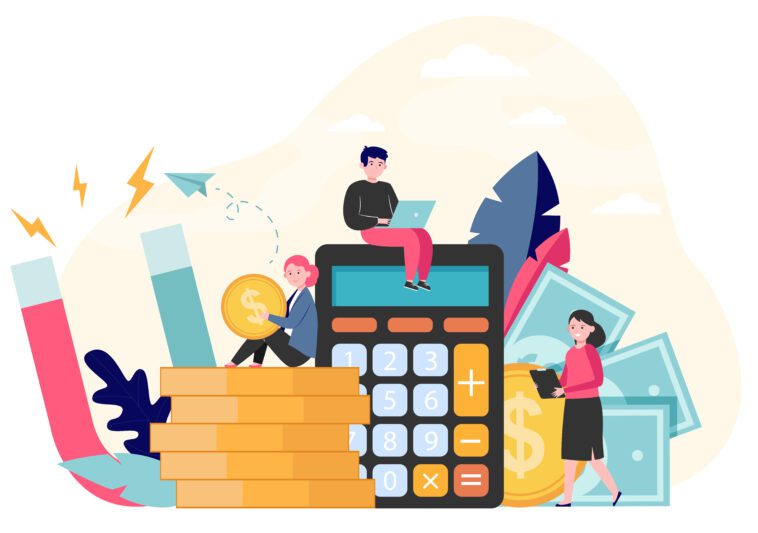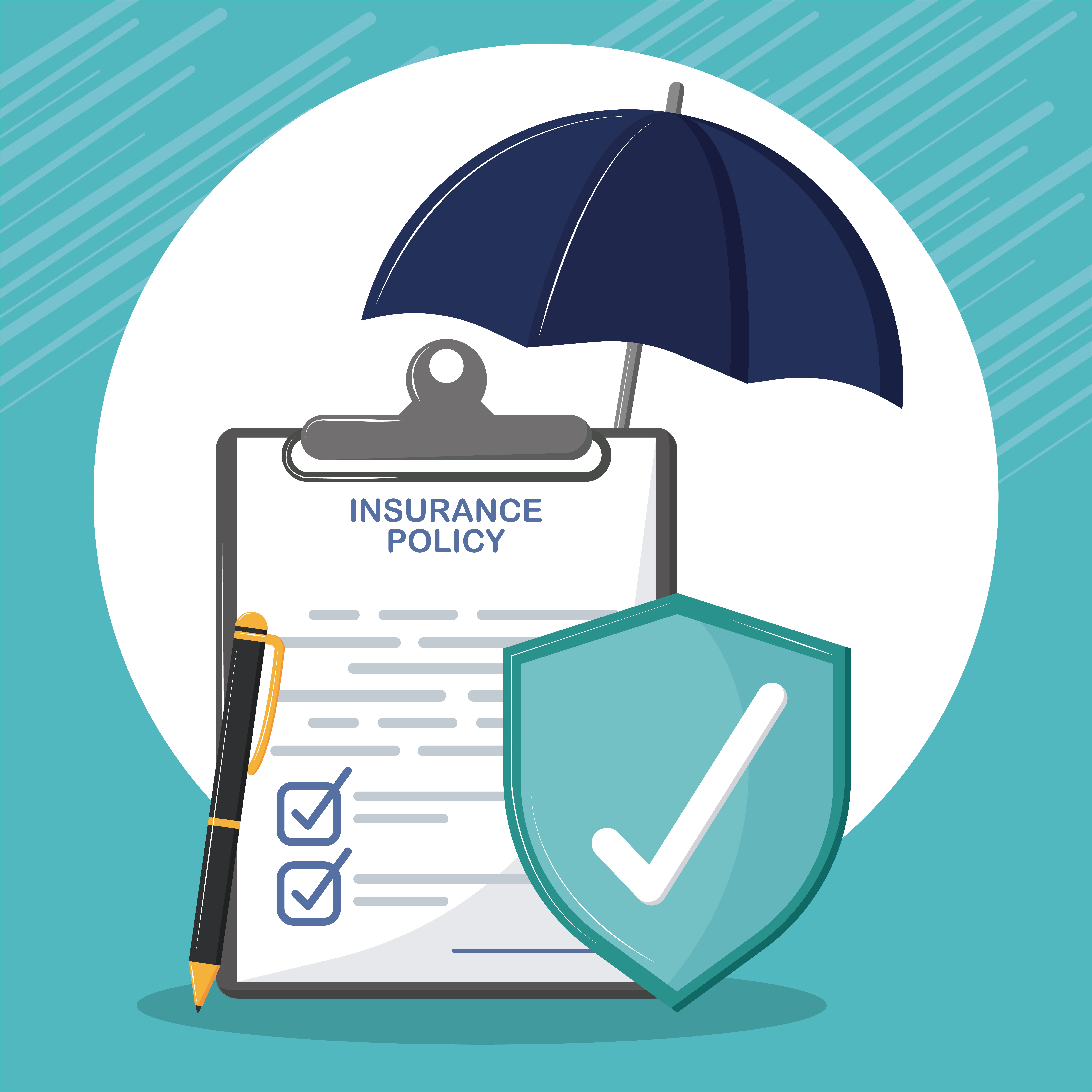If your business is in need of a small amount of capital, you may be interested in a microloan. They can be a great way to fund purchases for new businesses and are particularly helpful to entrepreneurs who have limited credit or experience.
Microloans are typically issued by nonprofit organizations, alternative lenders or individuals. They’re often used for small equipment or supplies.
What is a microloan?
Microloans are short-term loans for small businesses that must be paid back in a timely manner. They range in size from $500 to $50,000 and are provided by nonprofit organizations. Although these loans are a small portion of the total business loan market, they can be a good option for some entrepreneurs and businesses that don’t qualify for traditional loans.
The demand for microloans has increased in recent years, and they can be a great way to get funding for a small business or entrepreneur with less-than-perfect credit. But it’s important to understand the benefits and drawbacks of these loans before applying for one.
These loans are designed to help borrowers who have trouble getting credit from traditional lenders, so they can access financing without the risk of having their personal credit scores and financial histories damaged. However, the interest rates and repayment terms can be high, so it’s important to make sure you can pay back the loan on time and in full.
Many microlenders have varying eligibility requirements, so it’s best to shop around and compare different options before making a decision. Some offer lower interest rates than others, and some are geared toward certain industries or markets.
Some microloans are backed by government agencies, such as the U.S. Small Business Administration, while others are created by non-profit and community organizations. Some of these lenders also provide training and coaching to entrepreneurs who apply for their microloans.
Compared to other types of business loans, microloans are generally easier for a borrower to obtain. They often require fewer documents and less complicated application processes, so they’re ideal for people who are busy and don’t have the time or resources to complete a long loan application.
Because they’re often provided to borrowers who have little or no credit history, it’s important to offer some type of collateral in order to secure the loan. This can include a valuable piece of property or something that is worth more than the amount you want to borrow.
If you’re looking for a microloan, you can find plenty of options online. You can also look for lenders who are partnering with nonprofit organizations and have a history of addressing the needs of underserved populations.
What are the benefits of a microloan?
Microloans offer a wide range of benefits for both small business owners and investors. They are a great way for borrowers to secure financing even if they have bad credit or don’t qualify for traditional loans. They are also a good way for investors to diversify their portfolios.
For business owners, a microloan can help them cover unexpected expenses and grow their business. It can be a great solution to cover extra payroll during busy seasons, to fund marketing opportunities that may lead to new customers, and more.
Another benefit is that these types of loans can be easier to obtain than traditional business loans. They don’t require a lot of collateral, so you can get them quickly and easily. In addition, they can be used for almost any type of business need.
As a business owner, you might be in need of funding to open a new location, buy state-of-the-art equipment, or upgrade your office space. A microloan can help you get the money you need to make your dreams a reality.
The primary benefit of microloans is that they are a low-cost, high-return investment for both businesses and investors. These types of loans are more common in developing countries and are a great way to help people lift themselves out of poverty.
However, a microloan isn’t always the best option for every small business. There are some drawbacks to using microloans, including a high interest rate and high borrowing limits.
These loans are also not available for very large amounts, so if you need a significant amount of money, you might be better off looking elsewhere.
If you’re a small business owner and are interested in applying for a microloan, there are several resources available online to help you find the right lender. The SBA website offers information on lenders by state, and the AEO site provides a list of microlenders across the country.
There are also many nonprofits that specialize in providing microloans to disadvantaged borrowers, such as women and veterans. These organizations often have lower lending limits than traditional lenders and are able to make loans up to $100,000.
How do I apply for a microloan?
Microloans can be a great way for small business owners to fund their operations without having to wait for a bank loan. They are available from a number of different institutions, including community development and nonprofit organizations, the U.S. Small Business Administration (SBA), and even venture capital firms.
Microlenders typically offer loans in the range of $13,000 to $50,000, and these funds can be used for a variety of purposes, from financing working capital to purchasing equipment. A beauty salon owner, for example, may use these funds to pay for the first and last months of rent in a new commercial space she’s found.
The application process for a microloan usually involves a meeting with an intermediary lender. Intermediaries are nonprofit community-based organizations that have experience in lending, and provide technical assistance to microloan borrowers. They may also require some type of collateral or a personal guarantee from the borrower, and may charge higher interest rates than other lenders.
Applicants must meet a variety of criteria to qualify for a microloan, but a good credit score is the main one. Many microlenders won’t accept bad credit, and they will often look for a strong business plan and some proof of revenue generation.
Another factor that microlenders look at is whether or not your business will be able to repay the loan on time. They will consider your business’s cash flow and the financial projections you’ve provided to determine if you’ll be able to cover repayments.
A strong business plan is especially important for companies that are just starting out, since it shows lenders that you have a clear purpose in mind and that you have a strategy for achieving profitability. A solid business plan will also help you stand out from other businesses that are similar to yours in terms of competition, and it can be an effective way for lenders to assess your creditworthiness.
A microloan can be a valuable tool for small business owners, especially those who are new to the industry. However, it is important to note that these loans are only designed for small-scale operations and are not intended to replace larger, traditional business loans. They are best for a short-term, low-interest infusion of cash to get your business up and running or expand its reach.
What are the requirements to qualify for a microloan?
A microloan can be a great way to finance your small business. However, it’s important to understand the requirements to qualify for a microloan before you start applying.
There are many different types of microloans available to small businesses, and each one has its own set of criteria. Some lenders may have a specific minimum credit score requirement, while others don’t, making it easier for borrowers to qualify with bad credit or limited financial history.
Getting approved for a microloan is often less about your credit record and more about your vision for your business. A lender will analyze your background, business plans, and other factors in order to determine whether you’re a good candidate for the loan.
It’s also a good idea to submit your application with all the necessary paperwork. This will help ensure that you have everything in order when it comes time to finalize the decision on your loan.
If you’re looking for an SBA-backed microloan, you’ll need to meet certain qualifications. These include having a business with at least two years of tax returns and proof that your annual revenue is above the SBA’s minimum amount.
Another option is to apply for a USDA microloan. These loans are geared toward farmers, and can provide funds for things like a down payment on a farm, marketing costs, or other expenses.
Some microloan programs also have mentoring programs. These can be especially helpful for first-time entrepreneurs, who may need assistance building their business’s reputation and understanding how to grow and market their products.
For example, the Accion Opportunity Fund offers a small business lending program that provides funding to diverse business owners. It has a starting rate of 5.99% and supports borrowers with coaching, educational resources and peer support.
There are also peer-to-peer microlending companies, such as Kiva, that specialize in providing small business loans to disadvantaged business owners around the world. They can be a great alternative to traditional banks, and can be particularly helpful for borrowers who don’t have good credit or a strong personal financial history.
Typically, a microloan is repaid with interest over a short period of time. This is a great option for new businesses, as it’s faster and less expensive than a traditional term loan.



